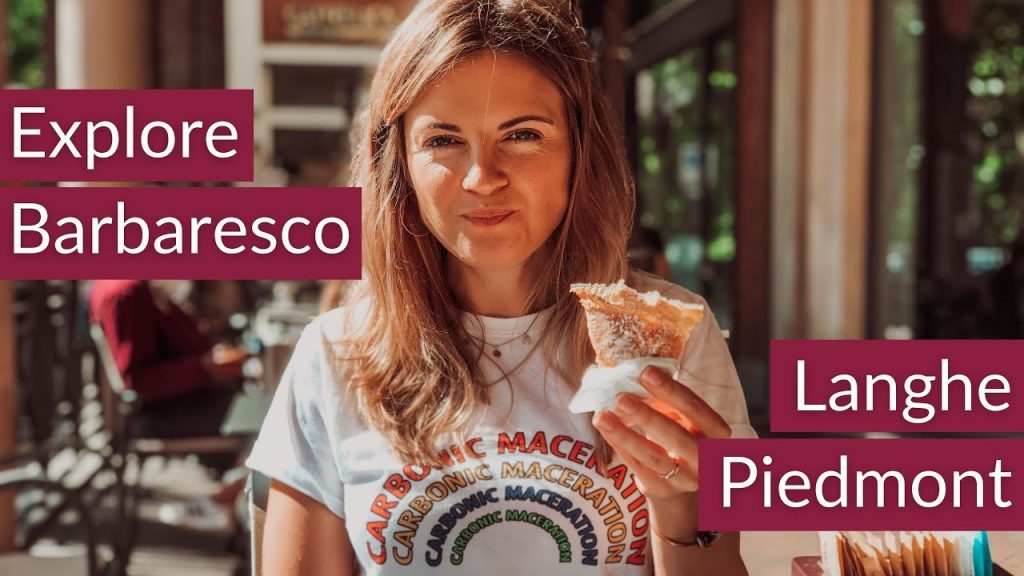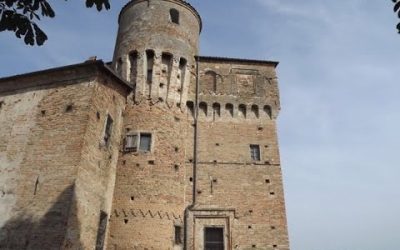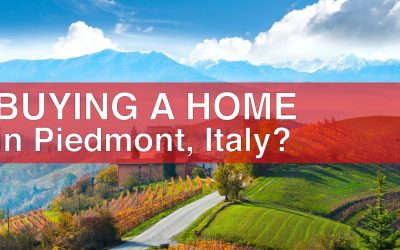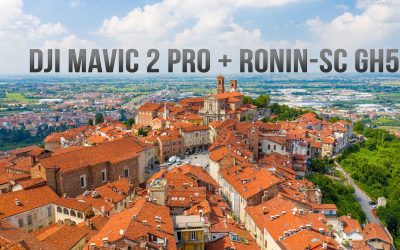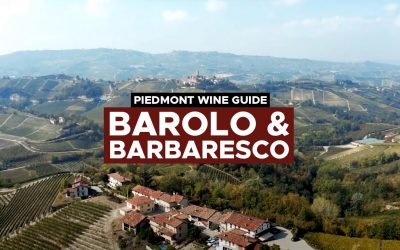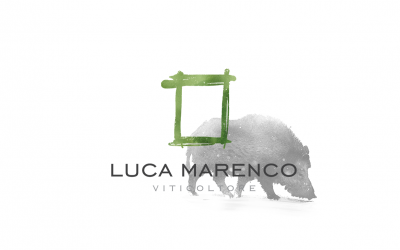Barbaresco Travel Guide
What is the history of Barbaresco?
Barbaresco, situated in the Piedmont region of Northern Italy, has a rich history dating back to Roman times. However, its rise to prominence as a wine region started in the 19th century. Its fame as a wine-producing region solidified when the Barbaresco denomination was formally recognized in 1966.
What are the geographical features of Barbaresco?
The Barbaresco region is defined by its hillside vineyards and the Tanaro River which forms a natural boundary. The area is known for its calcareous-marly soils that are favorable for growing Nebbiolo, the grape variety used to produce Barbaresco wine.
What is the climate of Barbaresco like?
Barbaresco has a temperate continental climate, with cold winters and hot summers. The region also experiences a notable diurnal temperature variation, which aids in the development of the Nebbiolo grape’s complex aromas and flavors.
What is the population of Barbaresco?
Barbaresco is a small town with a population of around 650 people. However, it’s always best to check the most recent sources for the current figure.
What are the local customs and traditions in Barbaresco?
Barbaresco is steeped in Italian traditions, from its annual wine festivals to its strong culinary culture. It’s common to see locals partaking in the tradition of “passeggiata” – a leisurely evening stroll.
What is the best time to visit Barbaresco?
Spring (April-June) and Autumn (September-November) are the best times to visit Barbaresco. In these seasons, the weather is pleasant and the vineyards are beautiful. The autumn harvest season offers a unique opportunity to experience the wine-making process.
What are the top tourist attractions in Barbaresco?
Aside from winery visits and tastings, top attractions include the Tower of Barbaresco, providing panoramic views, the Centro Storico (historical center), and the Church of San Donato. The nearby city of Alba, known for its white truffles, is also a major attraction.
What are the must-visit wineries in Barbaresco?
The region is home to numerous notable wineries, including Produttori del Barbaresco, Cantina del Pino, Marchesi di Gresy, and Gaja, among others. Each offers a unique insight into Barbaresco wine production.
What is the significance of the Barbaresco wine in the region?
Barbaresco wine, made from Nebbiolo grapes, plays a pivotal role in the local economy and culture. It’s recognized globally as a high-quality wine, which boosts tourism and international interest in the region.
What food pairings are best with Barbaresco wine?
Barbaresco wine pairs well with hearty dishes like truffle pasta, risotto, roasted meats, and aged cheeses. The local Piedmont cuisine provides ample opportunities to explore these pairings.
What is the key difference between Barbaresco and Barolo?
Both wines are made from the Nebbiolo grape, but the difference lies in their terroir and aging requirements. Barbaresco wines typically require less aging, resulting in slightly softer and more approachable wines. Barolos, on the other hand, are often more robust and tannic.
What are some annual events in Barbaresco?
Barbaresco hosts several annual wine-related events, such as the Festa del Vino in summer and the Alba White Truffle Fair in autumn. These events attract wine and food enthusiasts from around the world.
What are the local gastronomic specialties of Barbaresco?
Piedmont cuisine is renowned for its rich and hearty dishes. Specialties of the region include ‘tajarin’ (thin, rich egg noodles), ‘agnolotti del plin’ (pinched ravioli), and dishes featuring locally sourced white truffles.
How can I reach Barbaresco?
The most convenient way to reach Barbaresco is by car, as public transportation options are limited. The closest major cities are Turin and Milan, both of which have airports and are within driving distance.
What are the accommodation options in Barbaresco?
Barbaresco offers a range of accommodation options, from charming bed & breakfasts and farm stays in the countryside to luxury hotels. Airbnb rentals are also commonly used by travelers.
What are some nearby towns and attractions to visit?
Nearby towns worth visiting include Alba, known for its white truffle fair and chocolate, and Asti, famous for its sparkling wine. The city of Turin, with its rich history and gastronomy, is also within a short drive.
What languages are spoken in Barbaresco?
The primary language spoken in Barbaresco is Italian. However, many locals also speak English, particularly those working in the tourism and wine industries.
What currency is used in Barbaresco?
As part of Italy, the currency used in Barbaresco is the Euro (€).
What are the business hours in Barbaresco?
Generally, businesses in Barbaresco follow the typical Italian schedule, opening at around 9 or 10 am, closing for a few hours in the afternoon for ‘riposo’, and reopening until 7 or 8 pm. It’s always best to check specific business hours in advance.
What is the time zone of Barbaresco?
Barbaresco, like the rest of Italy, follows Central European Time (CET, UTC +1). During daylight saving time, from the last Sunday in March to the last Sunday in October, it uses Central European Summer Time (CEST, UTC +2).
